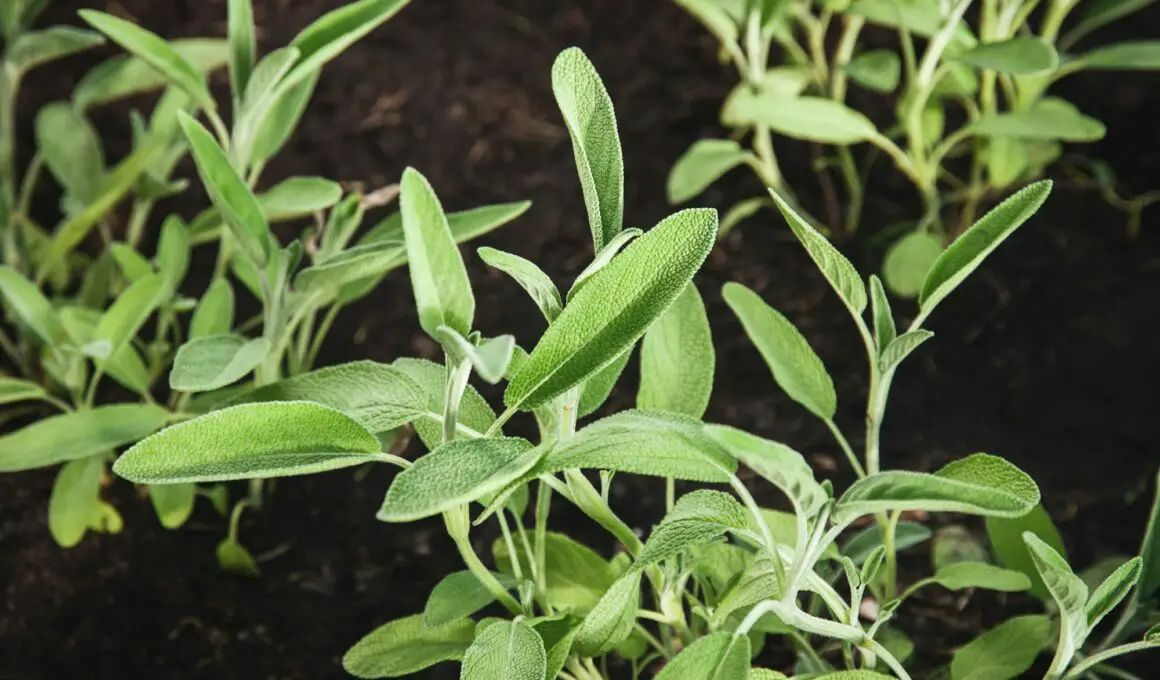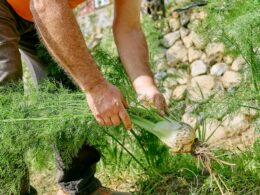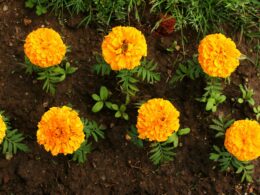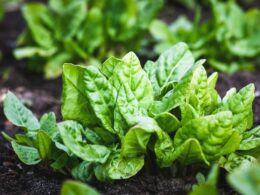In This Article Show
Understanding the journey sage takes from seed to mature plant is crucial for anyone looking to make the most of this herb. Whether you’re seasoning dishes, concocting natural remedies, or simply enjoying its presence in your garden, knowing the stages of sage growth and the optimal times for care will elevate your gardening game.
Why sage, you might ask? Well, aside from its robust flavor and health benefits, sage is a resilient grower that, when understood and nurtured correctly, can provide a lush, aromatic bounty. And that’s what we’re here to explore.
From germination to the full bloom of maturity, I’ll walk you through each step of the sage life cycle, offering practical tips and insights honed from over a decade of hands-on experience. So, whether you’re a seasoned gardener or someone just starting to explore the rewarding world of plant cultivation, this guide is tailored to help you succeed with sage.
Sage Growth Stages & Timelines
Let’s break down the stages of sage growth from germination to harvest, providing a detailed look at each stage to ensure you have all the information needed to cultivate sage successfully.
1. Germination
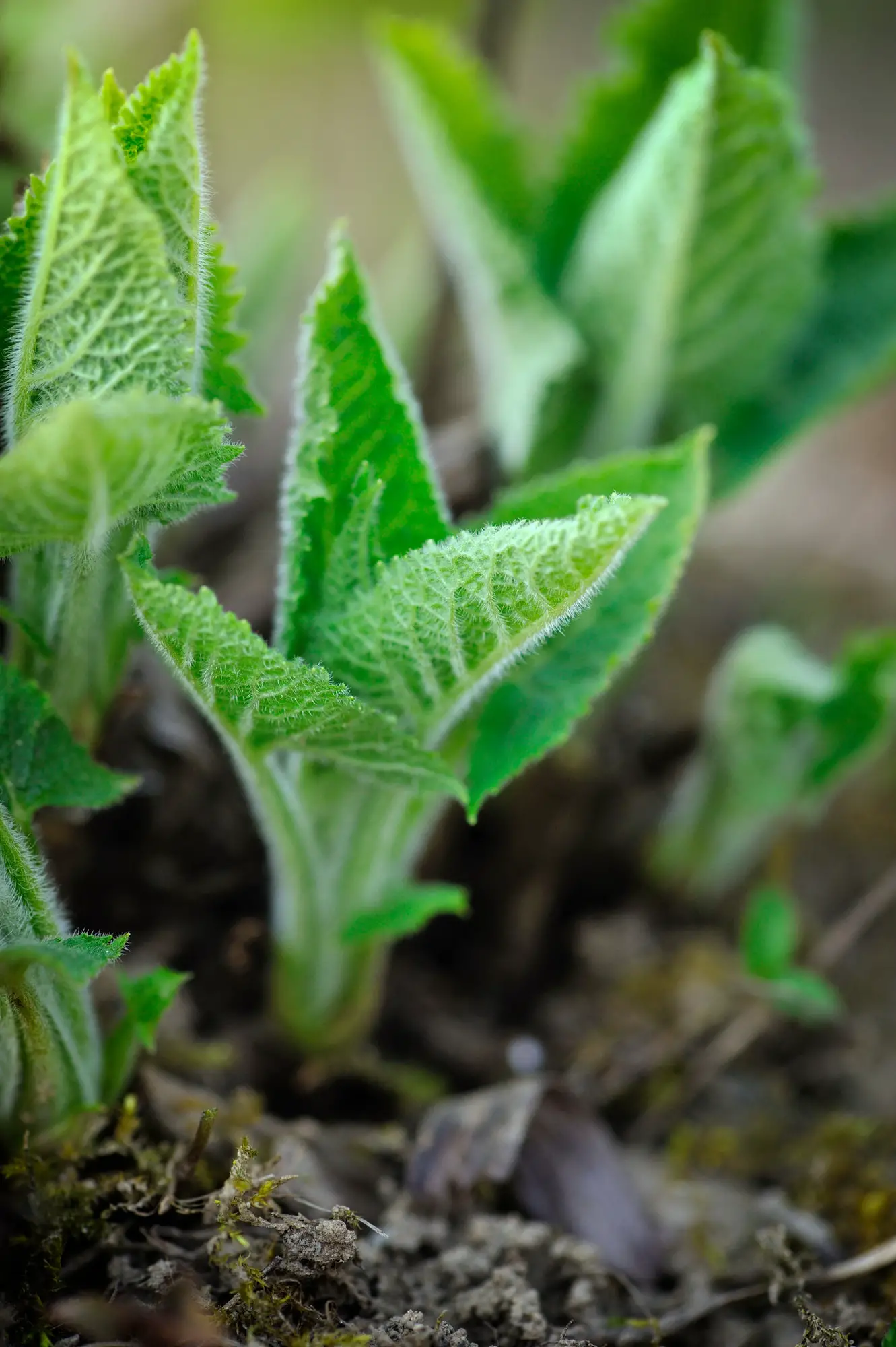
Germination is the first step in the life cycle of sage, where the seed begins to sprout and develop into a young plant. This stage is crucial because it sets the foundation for a healthy sage plant. The right conditions during germination can significantly impact the success rate and health of the seedlings.
Sage germinates best in light, well-draining soil at temperatures between 60°F to 70°F (15°C to 21°C). Consistent moisture is crucial but beware of waterlogging, which can spell doom for these delicate seeds.
Get Gardening For Beginners
Our new EBOOK shows newcomers and green thumbs alike a step by step guide to growing the garden of their dreams.
Timeframe for Sage Seed Germination
Patience is key here. Sage seeds typically take between 10 to 21 days to germinate. The variance in time can be attributed to conditions such as temperature and soil moisture.
Tips for Successful Sage Germination
- Use Fresh Seeds: Sage seeds have a notoriously short viability period. For best results, use seeds less than a year old.
- Pre-soaking: Soak your sage seeds overnight in warm water to soften the seed coats and encourage germination.
- Light is Right: After planting, place your seed containers in a spot that receives ample indirect sunlight. Sage seeds need light to germinate, so avoid burying them too deep.
2. Seedling
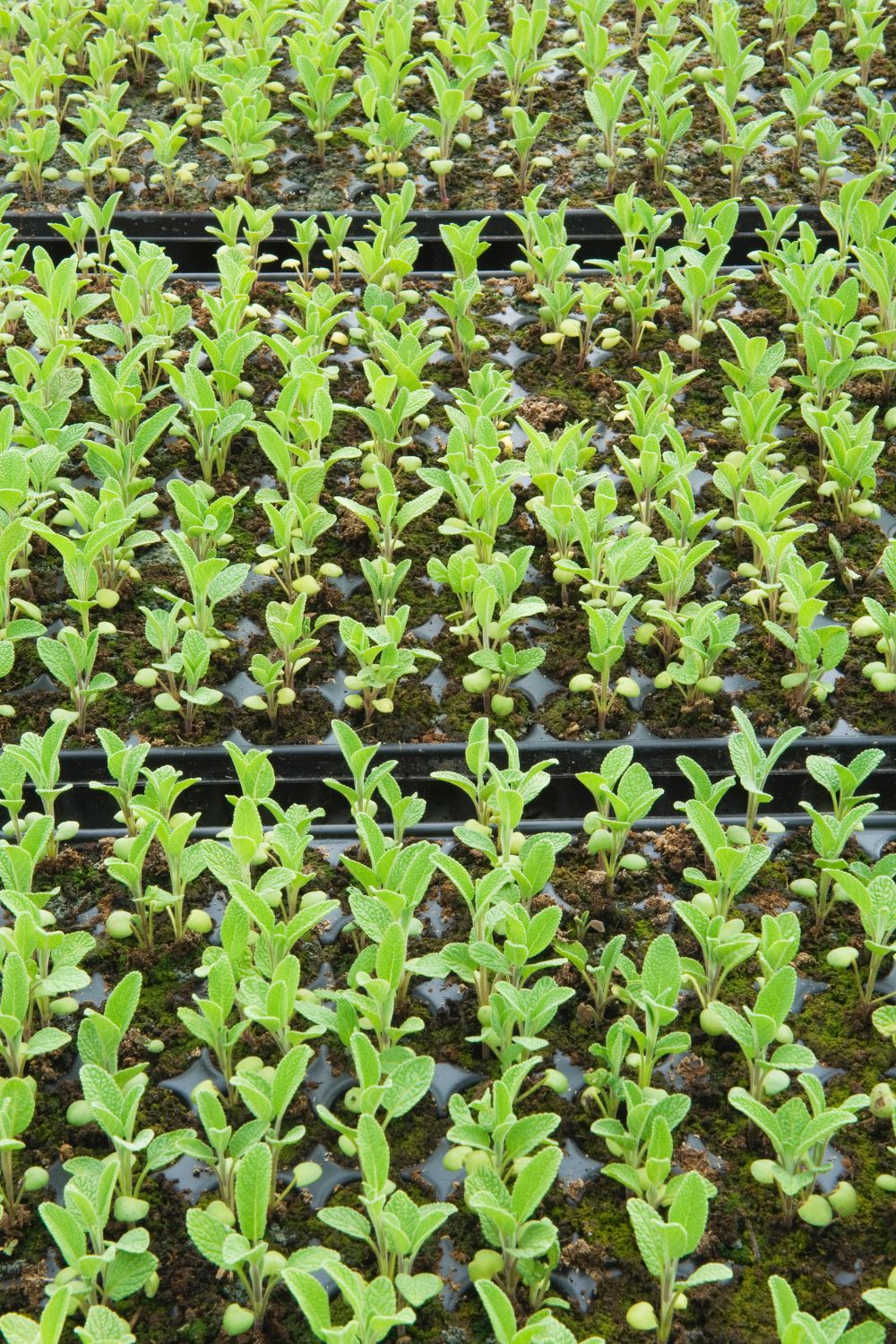
After germination, the sage enters the seedling stage, where it starts to develop its first true leaves beyond the initial sprouts. This stage is marked by rapid growth as the plant begins to establish itself. The seedlings are delicate during this time, requiring careful attention to ensure they transition successfully to more mature stages.
Look for the first pair of true leaves to identify sage seedlings. These are typically more refined in shape compared to the rounder cotyledon leaves that emerge first.
Care Tips for Sage Seedlings
- Watering: Keep the soil consistently moist, but not waterlogged. Sage seedlings dislike wet feet.
- Sunlight: Gradually introduce your seedlings to more sunlight. They thrive in full sun but start with a few hours a day to prevent scorching.
- Soil Requirements: A well-draining, nutrient-rich soil is ideal. Consider a mix of potting soil with perlite for better drainage.
Transplanting Sage Seedlings
Get Gardening For Beginners
Our new EBOOK shows newcomers and green thumbs alike a step by step guide to growing the garden of their dreams.
- When: Once seedlings have at least two sets of true leaves and are about 2-3 inches tall.
- How: Carefully loosen the soil around the seedling, lift it gently by the leaves (not the stem), and transplant it into a larger pot or your garden, spacing plants about 18-24 inches apart.
3. Vegetative Growth
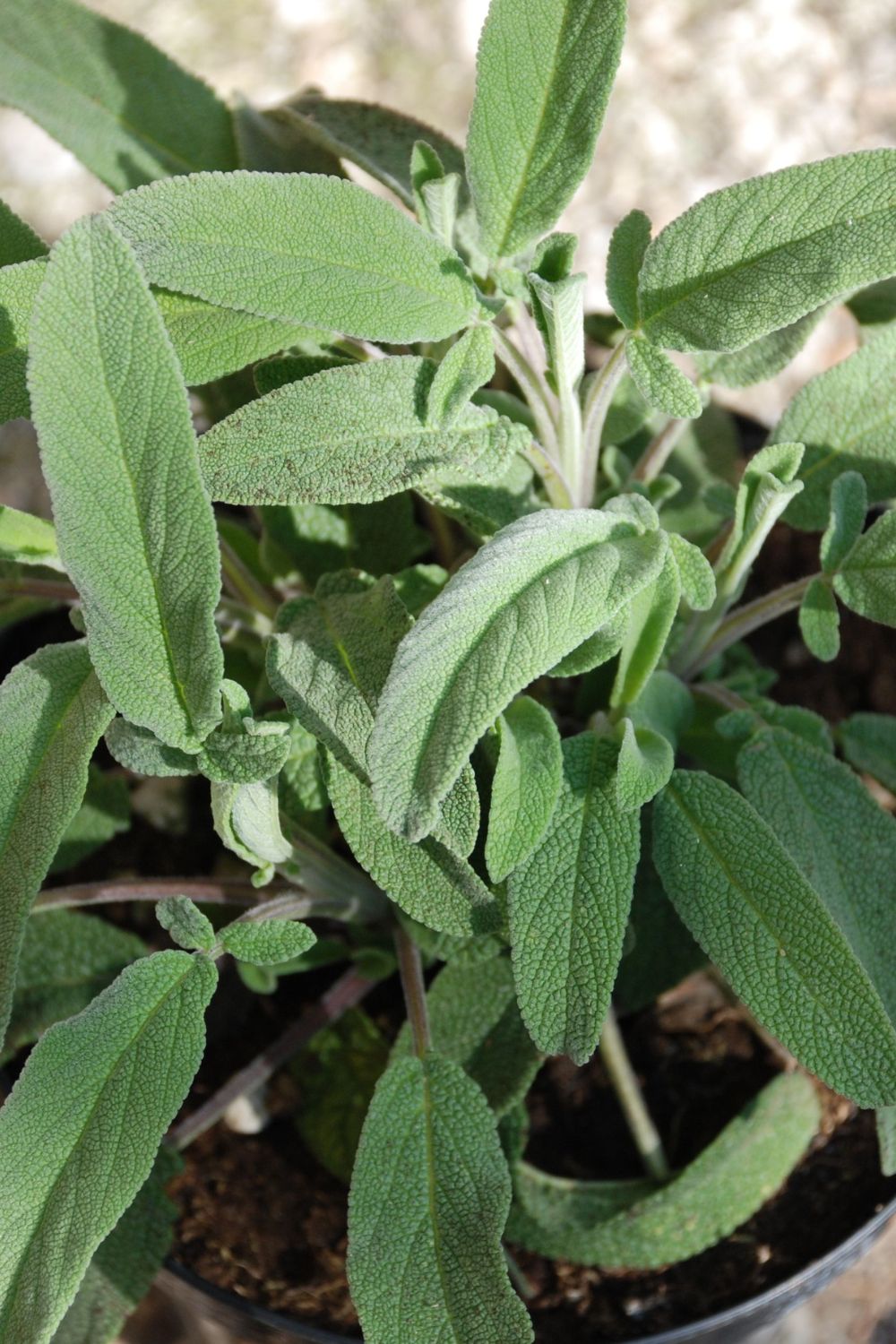
During the vegetative stage, sage plants focus on growing stronger and larger. The plant develops a robust root system and fuller foliage, preparing itself for eventual flowering. This stage is crucial for building the plant’s strength, so it can support flowers and, subsequently, seeds.
Duration of the Vegetative Stage in Sage Growth
This stage, where the plant focuses on leaf growth, can last anywhere from 2 to 4 months, depending on growing conditions and variety.
4. Pre-Flowering and Flowering
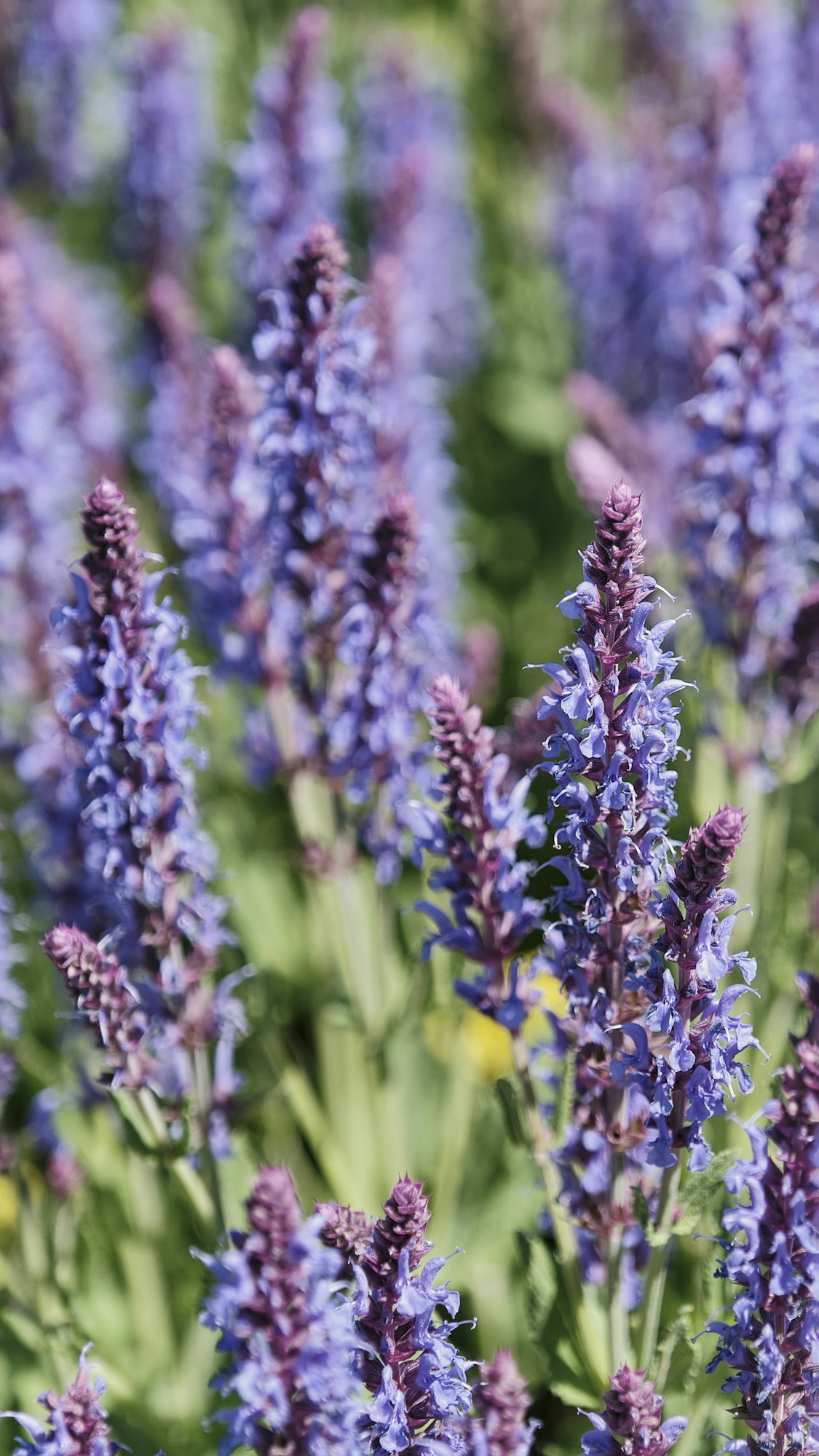
As the plant enters the budding stage, you’ll notice the first signs of flowers developing. This stage is significant as it marks the transition from vegetative growth to the reproductive phase. The flowering stage is not only beautiful but also critical for seed production if you’re looking to propagate your sage. Sage plants will start to produce tighter leaf clusters and potentially vertical spikes that signal the onset of flowering.
Care Adjustments During the Flowering Stage
- Reduced Watering: As sage approaches flowering, it can tolerate a bit less water. Let the soil dry out slightly between watering.
- Support: Some varieties may need staking as they grow taller and prepare to flower.
5. Maturity and Harvest
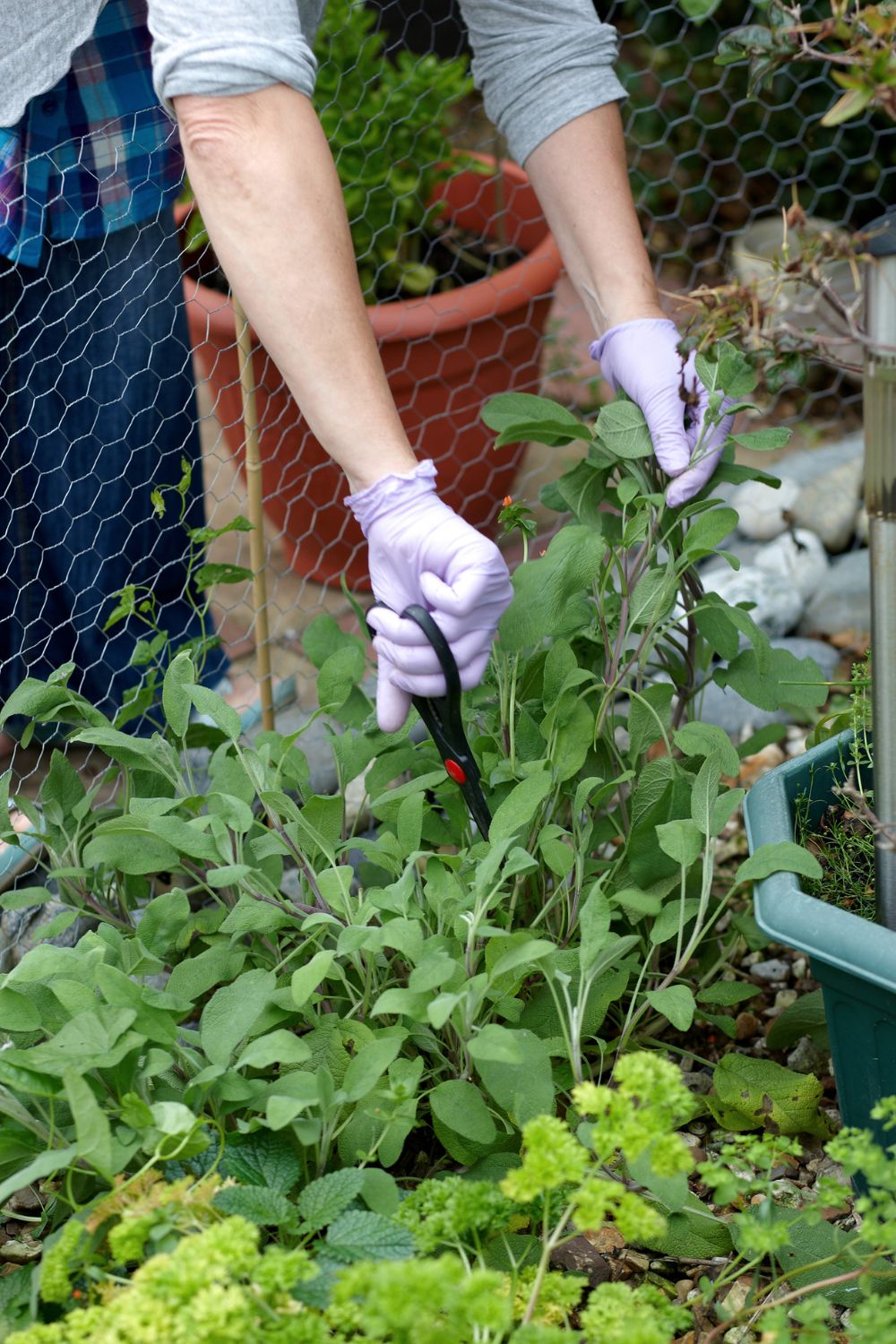
The final stage in the cultivation of sage is the harvest. Sage can be harvested at various times throughout its growth cycle, but timing and technique are key to ensuring the best flavor and potency of the leaves. This stage is rewarding, as you finally get to enjoy the fruits of your labor.
When and How to Harvest
Sage leaves can be harvested at any point once the plant has enough foliage to sustain growth. Use scissors or garden shears to cut leaves or stems early in the morning when their essential oil content is highest.
Tips for Maximizing Yield and Preserving Flavor
Regular harvesting encourages new growth, but always leaves enough leaves for the plant to continue its growth cycle. To preserve, dry the leaves or freeze them in oil for long-term storage.
By understanding each stage of sage’s growth, you can tailor your care and interventions to suit the plant’s needs, ensuring a healthy plant that yields flavorful leaves for your kitchen and garden.





